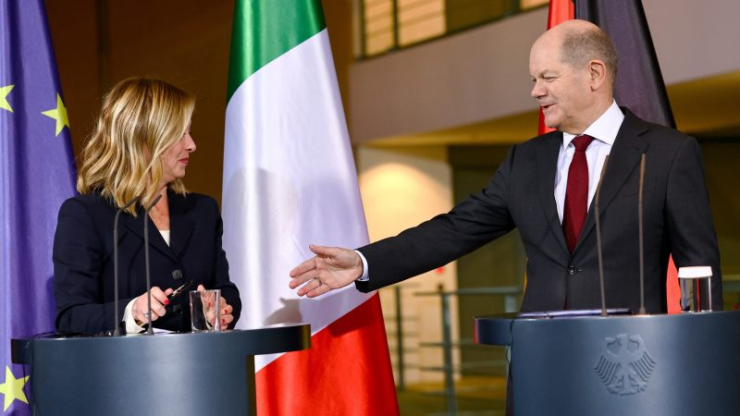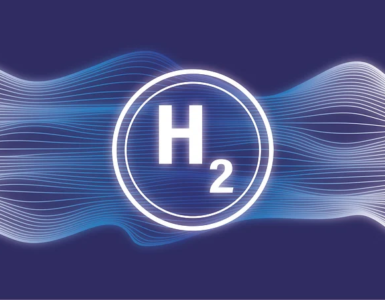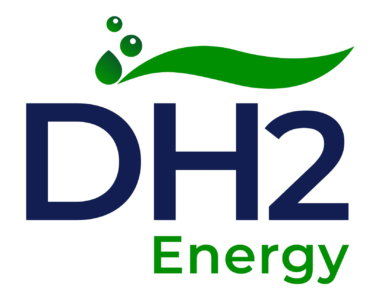Rome, Berlin plan massive hydrogen pipeline to Africa.
Germany’s thirst for hydrogen to fuel its industry seems unquenchable: the country is planning to consume up to 4 million tonnes every year by 2030.
With half of that amount expected to come from imports, Berlin is dependent on outside support.
Now, Italy and Germany have committed to working closely together in matters of energy, said Chancellor Olaf Scholz after meeting his counterpart, Giorgia Meloni, in Berlin Wednesday (22 November).
🔥 What about we co-host a webinar? Let's educate, captivate, and convert the hydrogen economy!
Hydrogen Central is the global go-to online magazine for the hydrogen economy, we can help you host impactful webinars that become a global reference on your topic and are an evergreen source of leads. Click here to request more details
Chancellor Olaf Scholz:
It is particularly important to expand the southern corridor for gas and hydrogen.
To facilitate this, the two countries aim to spearhead “a new pipeline across the Alps” from Bavaria to Tunisia that will “increase the security of supply of both our countries,” the Chancellor said. A secondary agreement to supply gas to one another in times of need will be signed soon as well between Rome and Berlin.
According to the joint plan seen by Euractiv, that commitment refers to the “South Central Corridor,” a project building on existing natural gas pipelines that already go from Tunisia to Bavaria.
“The aim of the South Central Corridor is to expand the cross-border gas pipeline infrastructure and import 10 million tonnes of hydrogen by 2030,” the plan reads.
The German government has confirmed that the pipeline should “contribute” to the import of 10 million tonnes of hydrogen following a request for clarification.
The project was initially advertised by the energy ministers of Austria, Italy, and Germany in a letter sent to Brussels in May, which envisions more than 4 million tonnes of hydrogen transiting through the pipeline, a sizeable amount.
According to the government paper, the envisioned pipeline will connect demand centres in Italy, Germany, Austria and Switzerland, thereby contributing to “the creation of a more extensive European hydrogen network”.
The connection with Switzerland could require the pipeline to either be routed through there, or the addition of an extra section. For the time being, the SoutH2 project pushed by gas pipeline operators from Bavaria, Austria, and Italy does not envision either option.
The companies involved say that 70% of existing gas pipelines could be repurposed to transport hydrogen but whether Tunisia can provide sufficient amounts of the gas is still unclear.
By 2050, Tunisia is aiming to produce 8.3 million tonnes of hydrogen annually, the country’s energy minister said earlier last month. A study by the German Fraunhofer Institute puts the country’s production potential at 11 million tonnes per year.
Whether the country and its neighbours can deliver the 10 million tonnes described, or the 4 million tonnes envisioned by business groups by 2030 is currently unclear.
READ the latest news shaping the hydrogen market at Hydrogen Central
Rome, Berlin plan massive hydrogen pipeline to Africa. source








